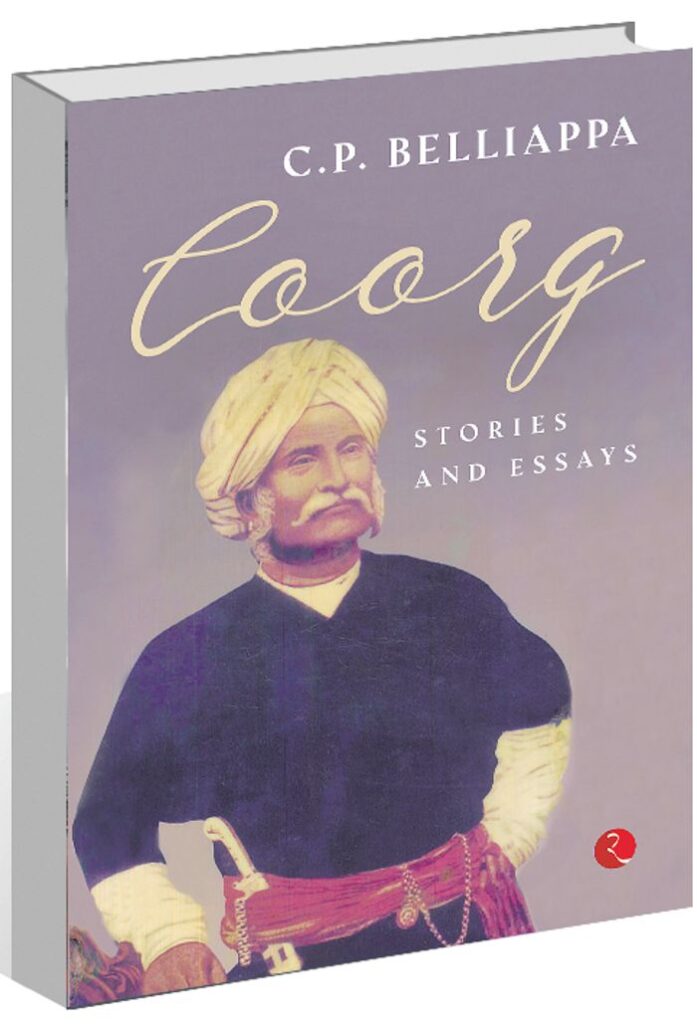 Brompton Cemetery, located in South West London, covers an area of about 40 acres. Brompton Cemetery, located in South West London, covers an area of about 40 acres.
This burial ground, established in 1836, is presently used more as a park; and is popular with cyclists and joggers. The cemetery is located not far from Stamford Bridge, home to Chelsea Football Club. I visited the cemetery last year to locate the final resting place of my protagonist – Princess Victoria Gowramma of Kodagu.
The office at the sprawling cemetery has painstakingly recorded the names of the people buried there since its inception, and has a databank being updated. I was shown a map of the area where the grave I was looking for, was situated. It took me more than an hour to locate the tomb stone of Victoria Gowramma.
The cross on the head-stone was broken and it was covered with thick undergrowth. This was the spot where story of Kodagu’s princess ends having started with her birth in 1841 at Benares. The epitaph on the tomb-stone drafted by Queen Victoria is still intact.
I stood there trying to picture that day, April 4, 1864, when the horse-drawn hearse carrying the body of the princess would have arrived followed by her husband Colonel John Campbell and their three-year-old daughter Edith. Also present would have been Lady Lena Login, the long-time guardian of the Coorg princess.
It would have been a particularly painful experience for Colonel Campbell, as the grave where his second wife was to be buried already had the mortal remains of his second son Colin from his first wife. The boy died in a freak accident in 1856. Interestingly, Colin was born in 1842 at Bellary in Karnataka while Col Campbell served in the 38th Madras Native Infantry.
The process of unearthing facts about Princess Gowramma and her father, Chikka Veerarajendra, the last rajah of erstwhile Coorg, and then reconstructing their lives was like putting together a jigsaw puzzle after finding all the pieces.
The princess was the favourite daughter of the rajah, who was exiled to Benares after he was dethroned by the British in 1834. Chikka Veerarajendra and Princess Gowramma were the first Indian royals to sail to England in 1852.
Both spent the rest of their lives in England. When the King of Kodagu and the eleven-year-old princess were presented to Queen Victoria, the Queen was instantly taken up by the young girl. To the astonishment of her court, the queen took the princess under her wings as her goddaughter. Queen Victoria, along with her royal consort Prince Albert, was present at the baptism ceremony of the Indian princess.
The Queen lent her own name to her goddaughter and called her Victoria Gowramma.
Two years later, when the sixteen-year-old Maharaja Duleep Singh landed in England, he too became an instant favourite of Queen Victoria and Prince Albert. Duleep Singh had already embraced Christianity, and this prompted the queen and her royal consort to indulge in match-making between Princess Victoria Gowramma and Maharaja Duleep Singh. The story involves colonial power, politics, religion, proselytization, greed, romance and disappointments.
I made it a point to visit Buckingham Palace and Osborne House (in Isle of Wight), where Princess Gowramma used to be a frequent guest of Queen Victoria. I could visualise a nervous Princess Gowramma in the opulent white drawing room where the queen received her close friends and relatives.
At Osborne House, the young princess from Kodagu would have played with the royal children where they were also taught house-keeping, cooking, and gardening. Princess Gowramma was particularly close to Princess Alice, the third child of Queen Victoria. (Princess Alice’s daughter Alix married Tsar Nicholas II of Russia.)
The high point for me was to see the beautiful marble bust of Princess Victoria Gowramma, which was sculpted by the queen’s favourite sculptor: Baron Carlo Marochetti in 1856. The bust is special since it is painted to depict a life-like image of the princess.
Recently I traced the direct descendants of Princess Victoria Gowramma to New South Wales in Australia. I spoke to one of them: Ms Marian Ethel Singleton, a 72 year old great-great grand daughter of the princess. However to my utter dismay, the lady though aware of her bloodline, did not evince any interest in her ancestry!
(Belliappa is the author of the book ‘Victoria Gowramma: The Lost Princess of Coorg’, on the extraordinary life of the Coorg princess.)
source: http://www.deccanherald.com / Supplements / Spectrum |

 Brompton Cemetery, located in South West London, covers an area of about 40 acres.
Brompton Cemetery, located in South West London, covers an area of about 40 acres.

